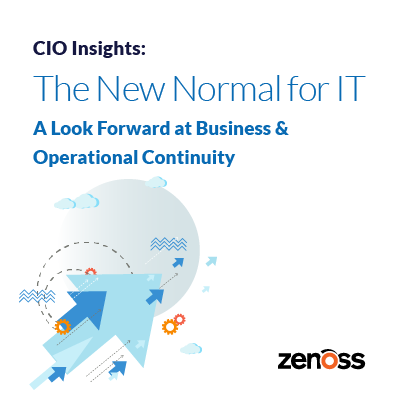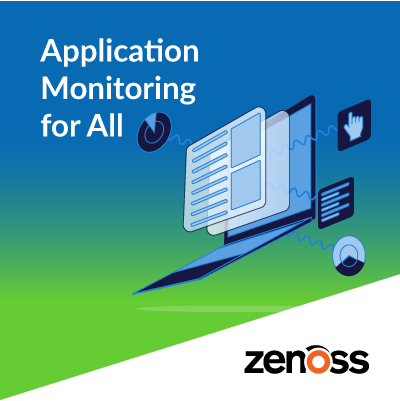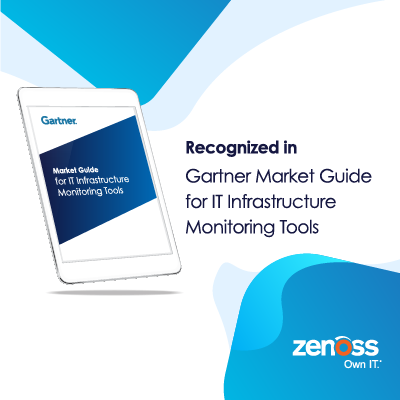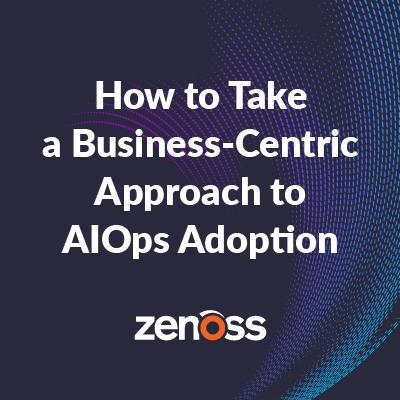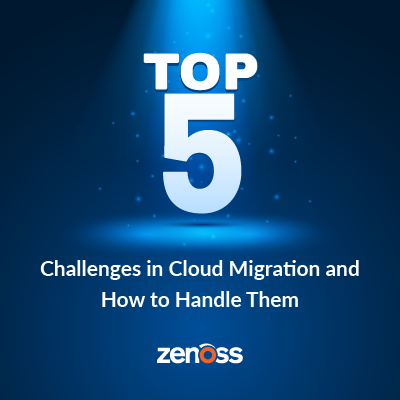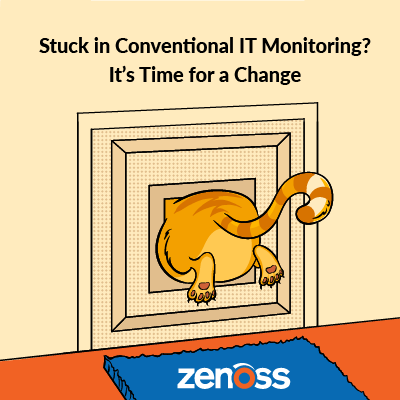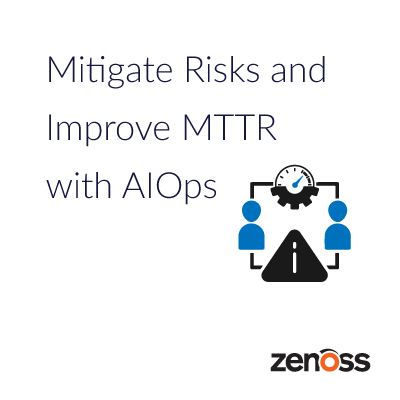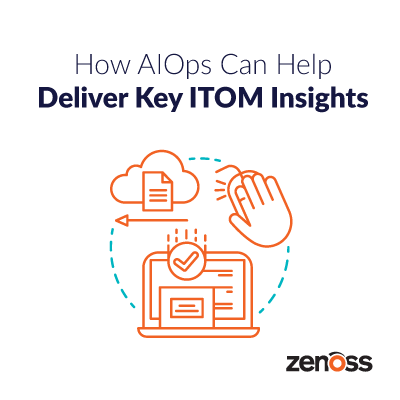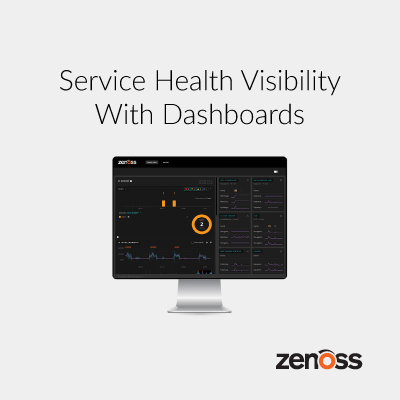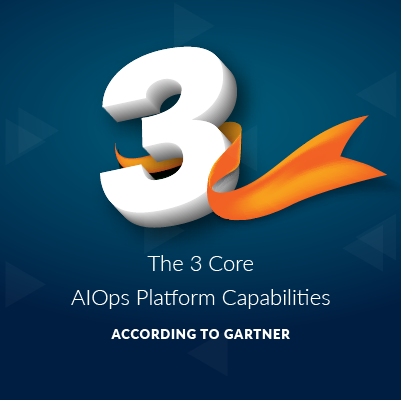CIO Insights: The New Normal for IT - A Look Forward at Business & Operational Continuity
COVID-19 has impacted the lives of almost everyone on the planet. Health and safety are obviously the top concerns. But as everyone knows, it has also severely disrupted businesses worldwide and has, specifically, created chaos for CIOs as they struggle to ensure operational continuity even as things change in an unprecedented fashion overnight.


